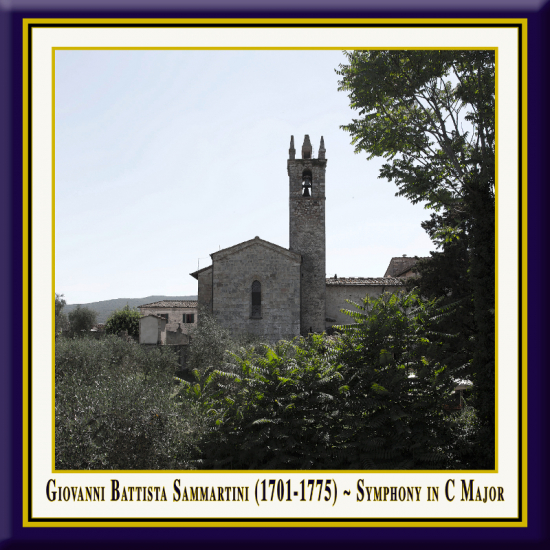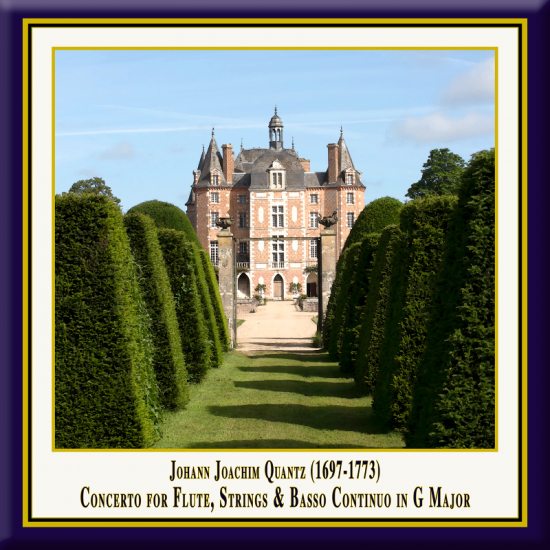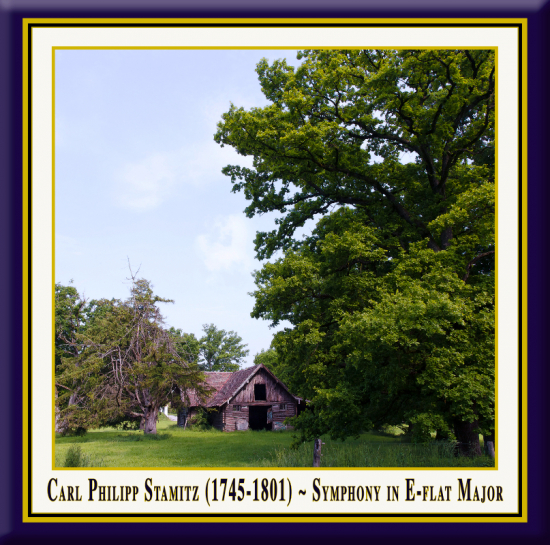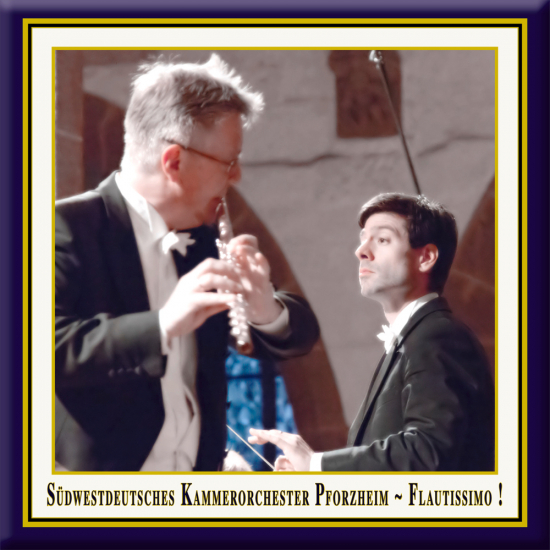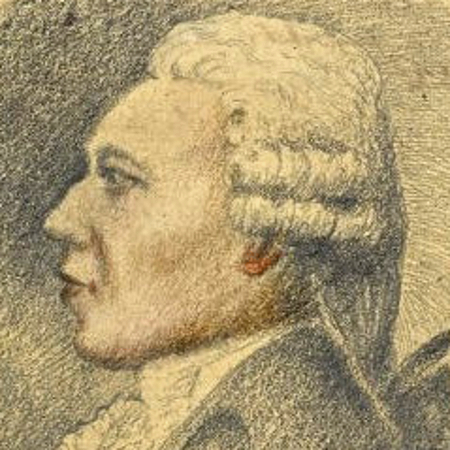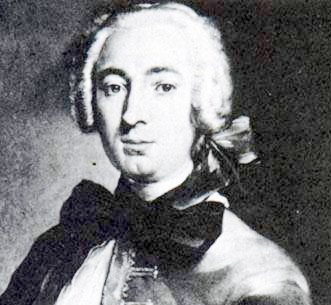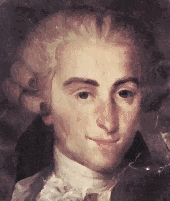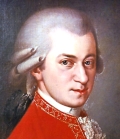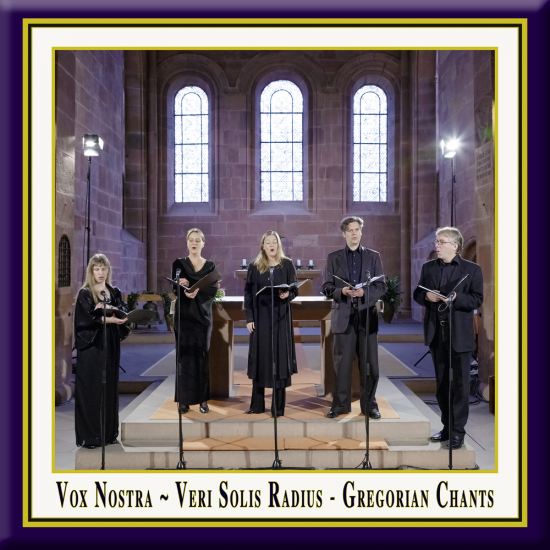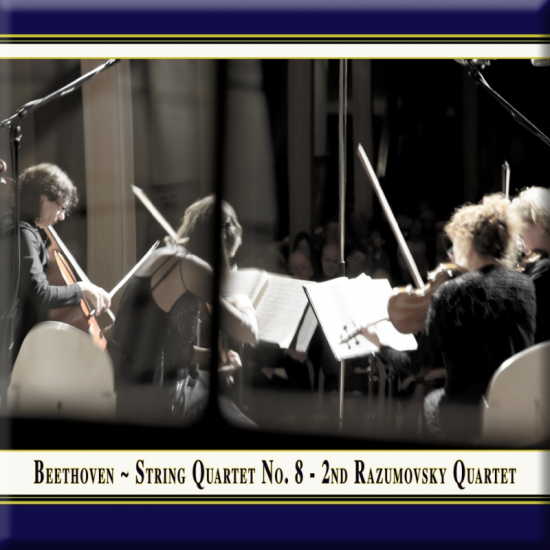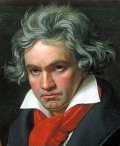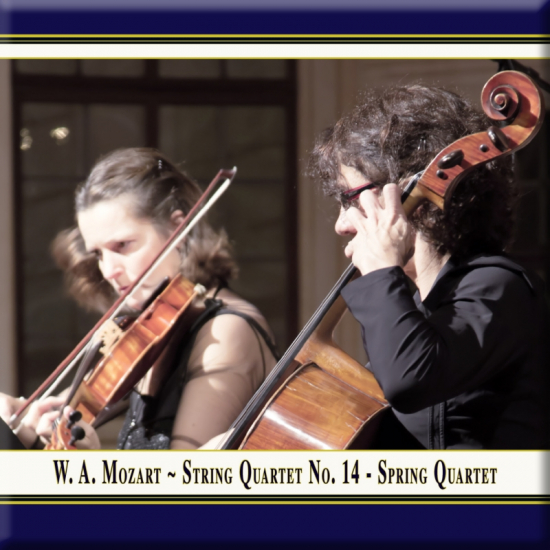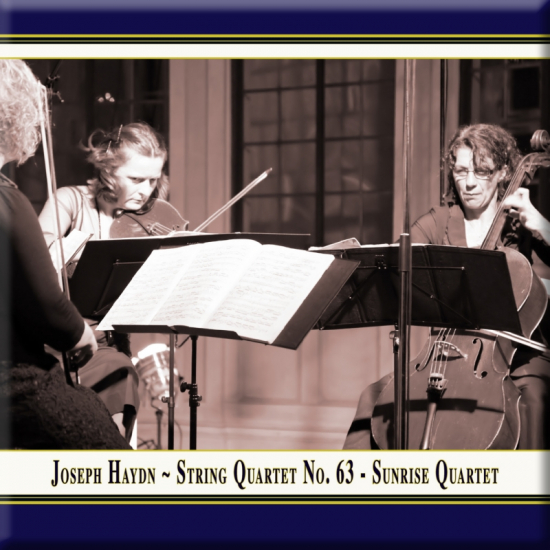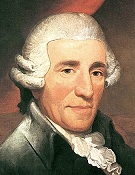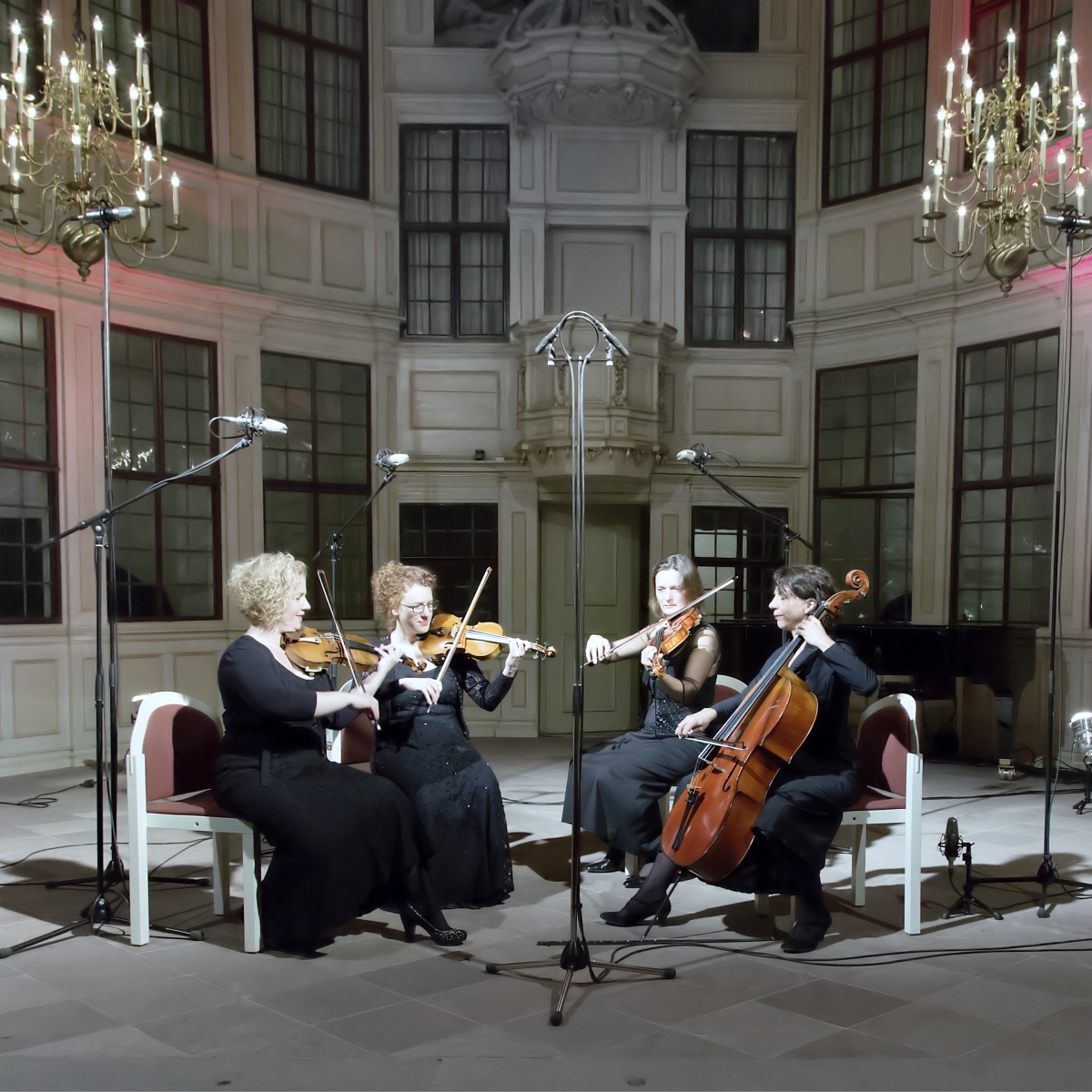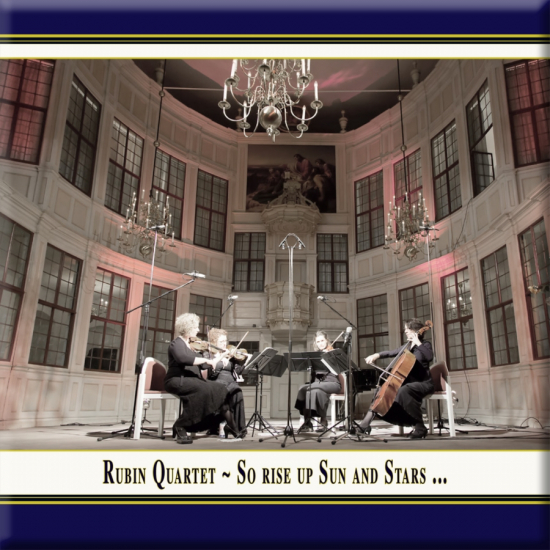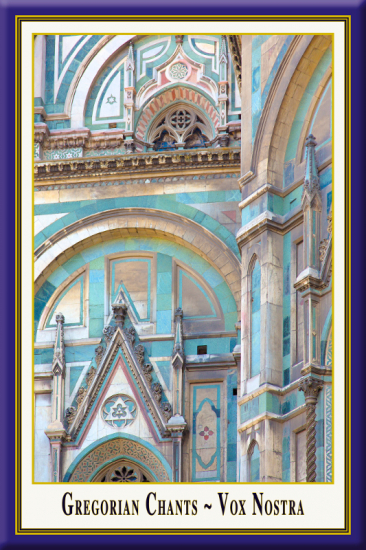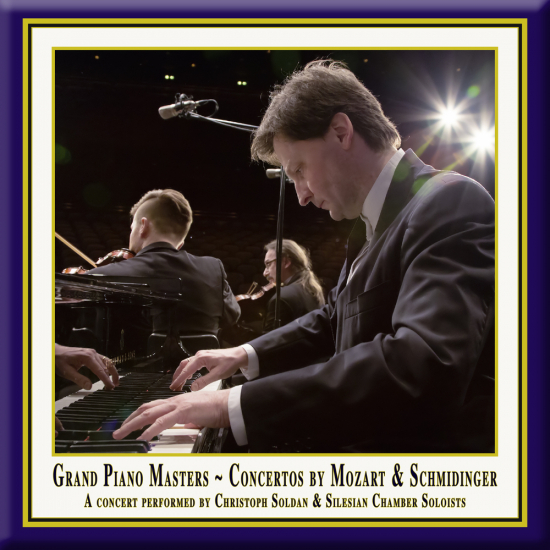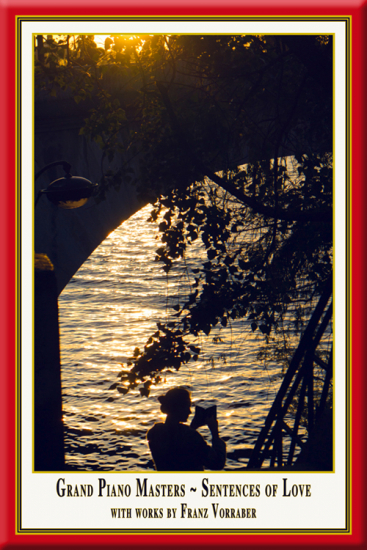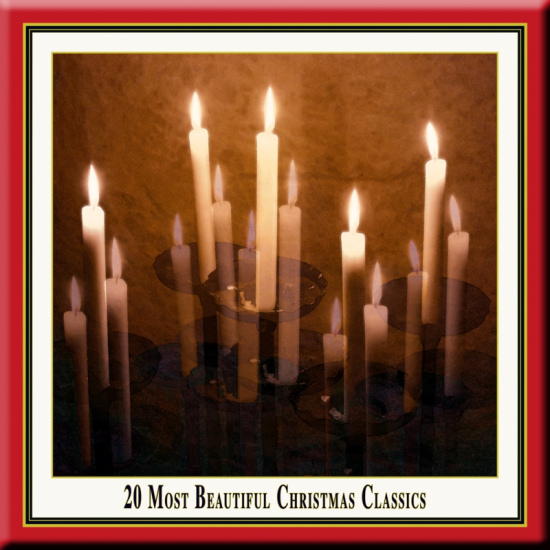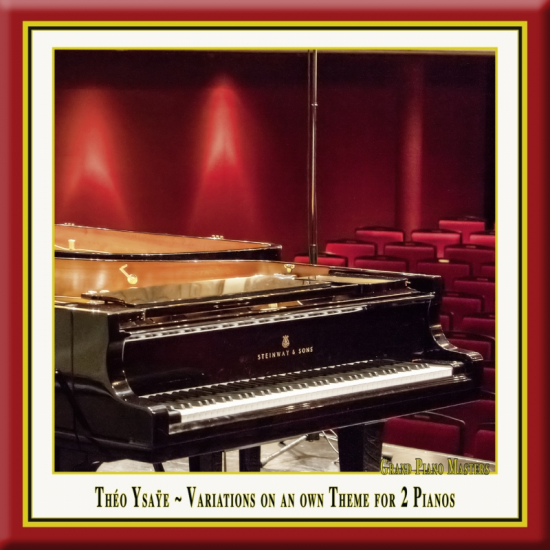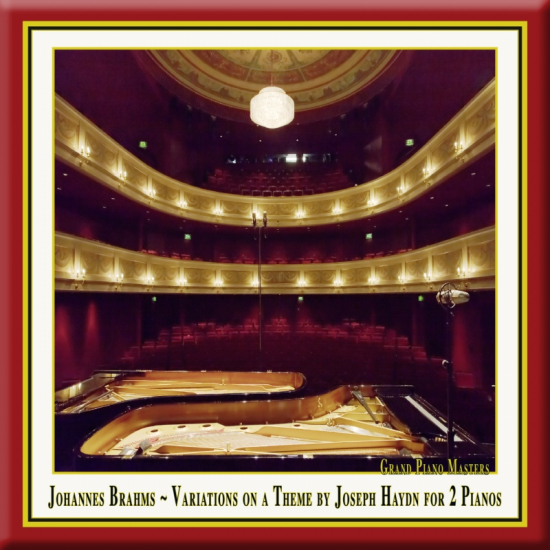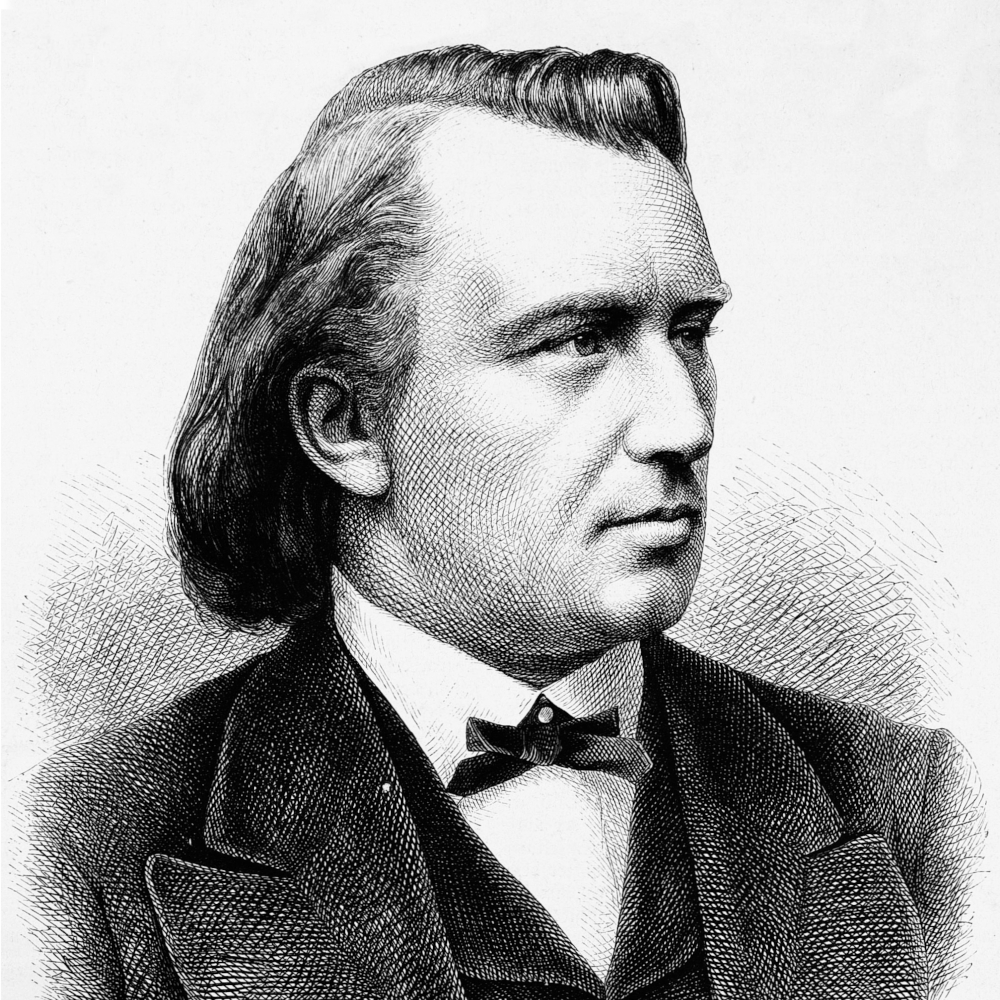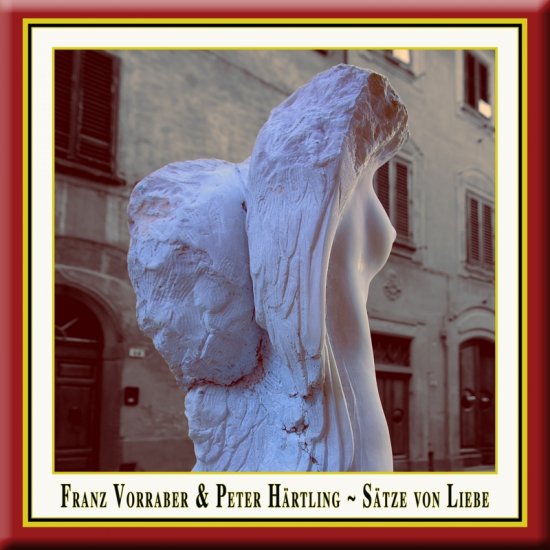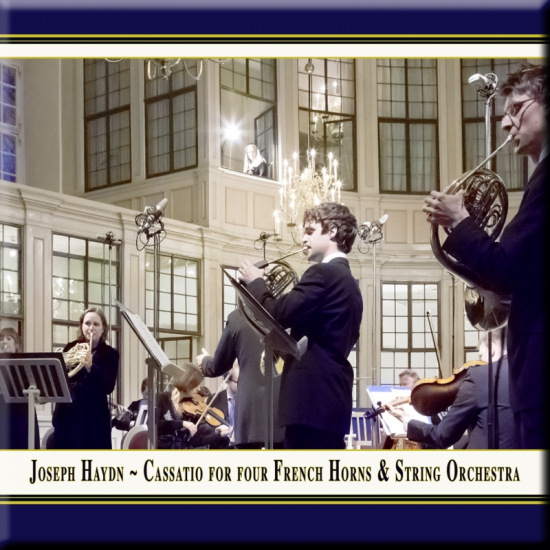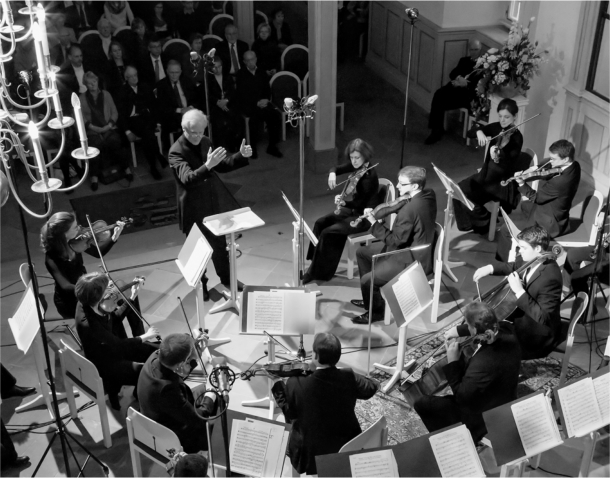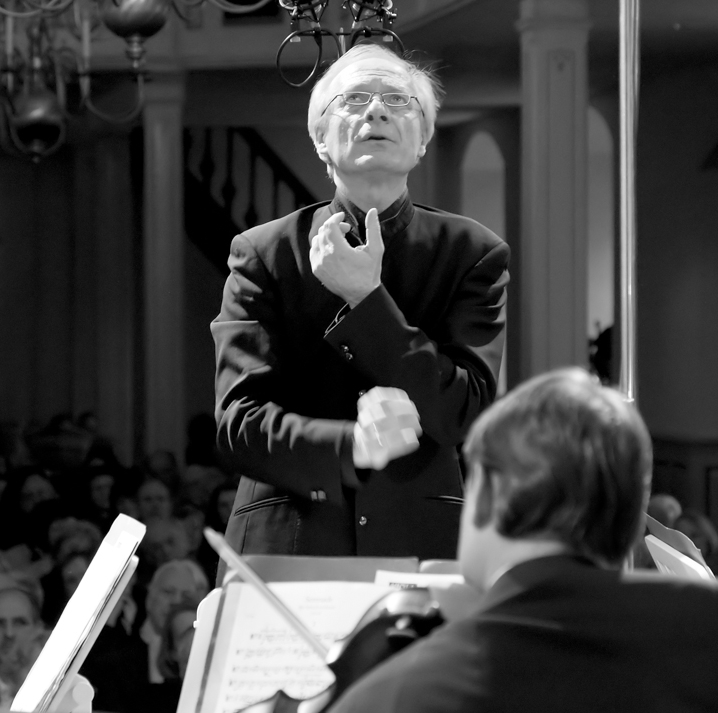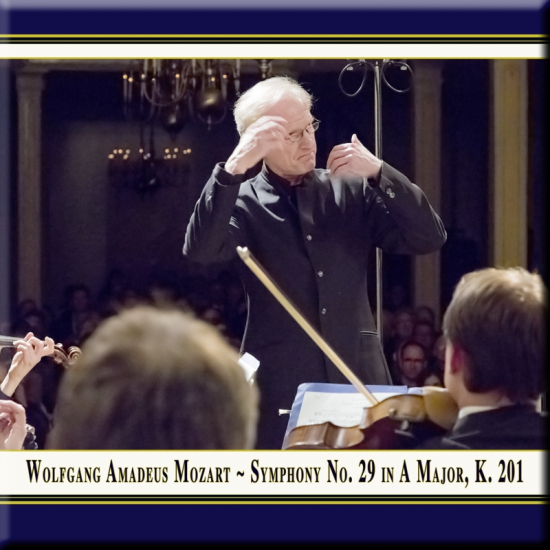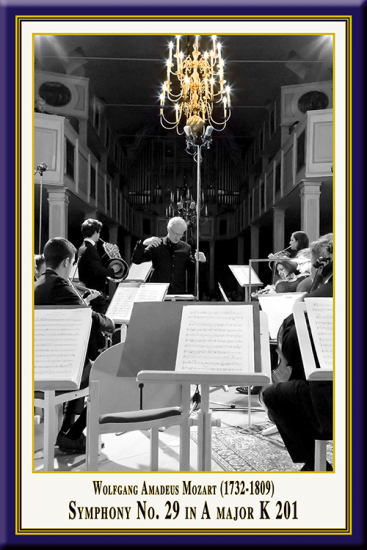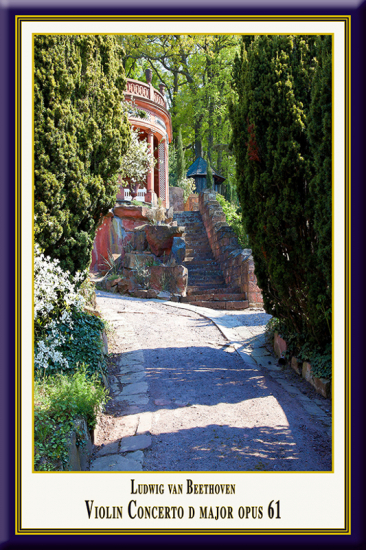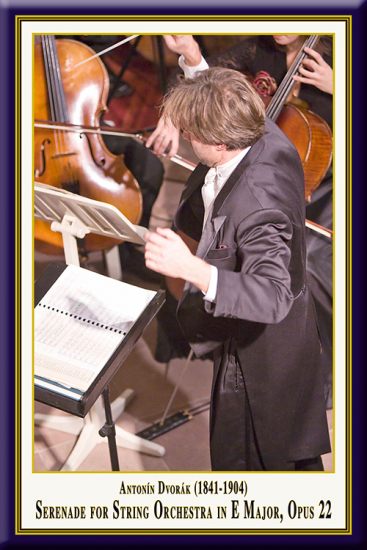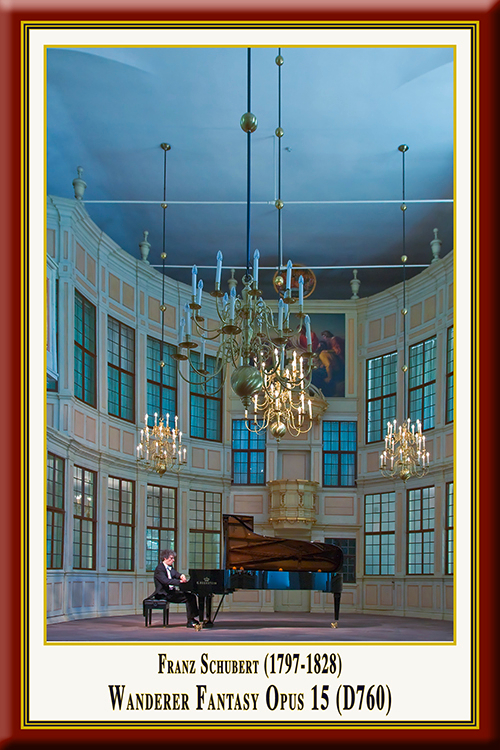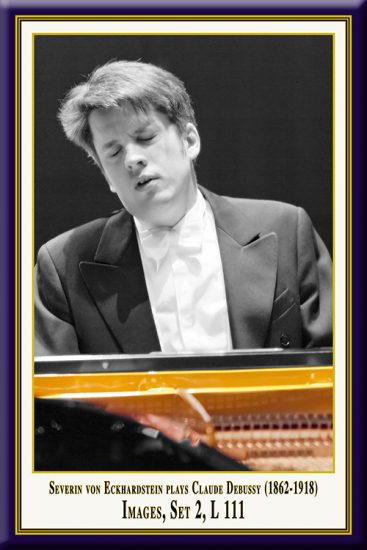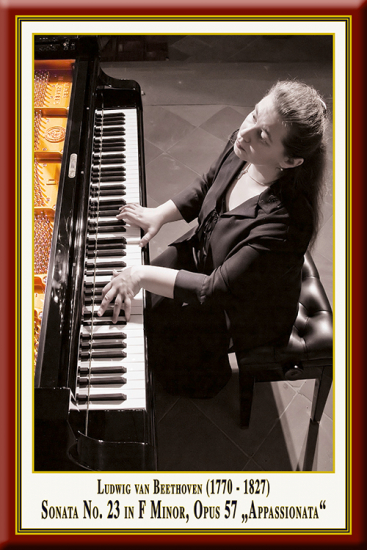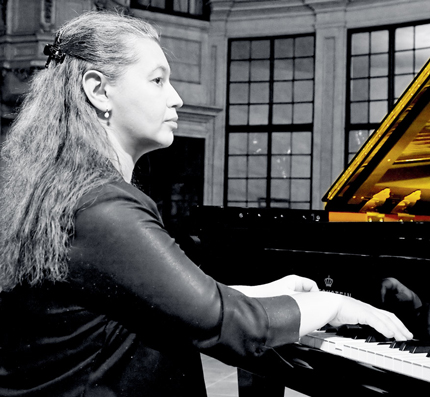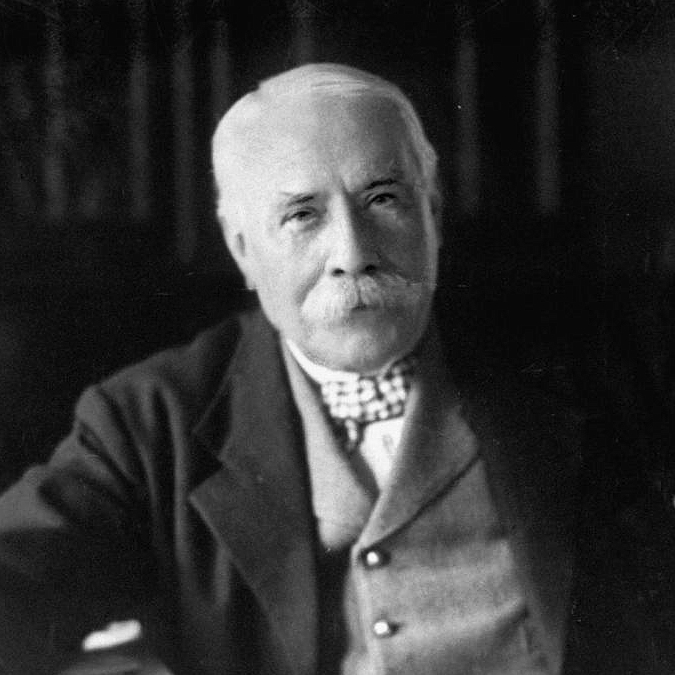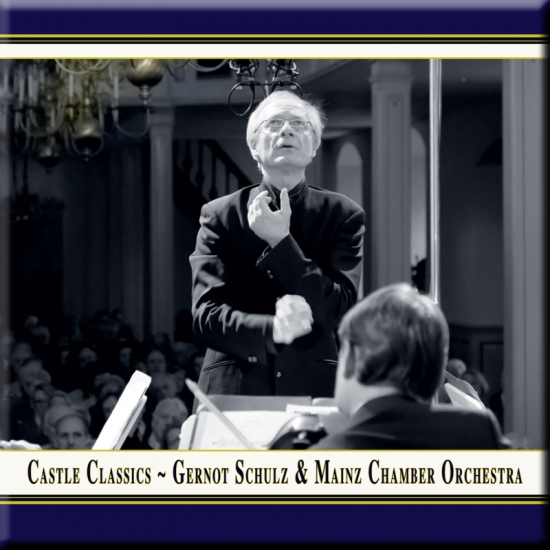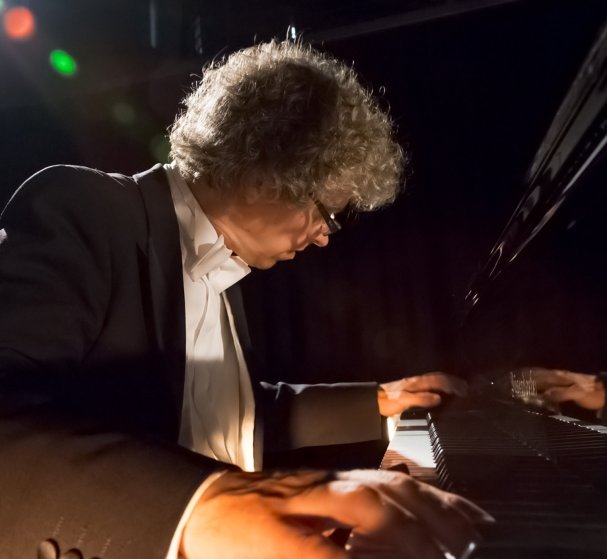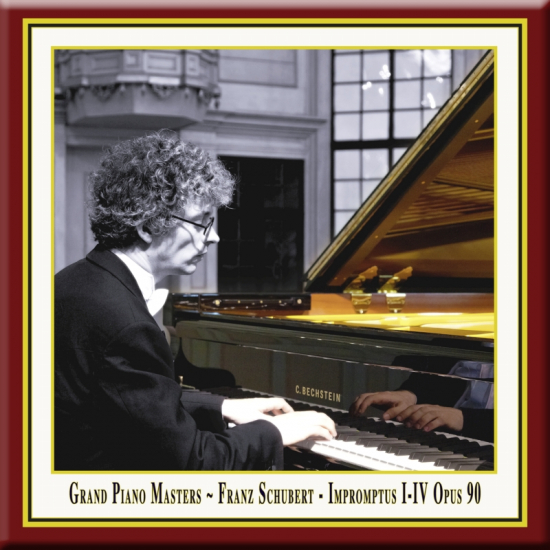1. Vexilla regis prodeunt
Processional Hymn
Italy, Biblioteca comunale Augusta, Perugia, Ms 2793, 13th Century
2. Deus in adiutorium intende laborantium
Versus
Aquitaine, today: Bibl. Nat. Paris, lat. 1139, Early 12th Century
3. Cunctipotens genitor Deus
Kyrie Trope
Aquitaine, today: Bibl. Nat. Paris, lat. 1139, Early 12th Century
Spain, Biblioteca de la Catedral Santiago de Compostella, Codex Calixtinus c. 1170
4. Rex virginum amator
Kyrie Trope
Scotland, St. Andrews, today: HAB Wolfenbüttel, Helmst. 628 (W1), 13th Century
5. Veri solis radius
Versus
Aquitaine, today: Bibl. Nat. Paris, lat. 3719, Early 12th Century
6. Stirps Iesse, Vers Virgo Dei genitrix
Responsorium
England, Worcester, Cathedral Chapter Library, F. 160, 13th Century
France, today: Florenz Biblioteca Laurenziana, Pluteo 29.1, 13th Century
7. Patris ingeniti filius
Benedicamus Domino Versus
Aquitaine, today: British Library London, add. 36881, Mid 12th Century
South Germany, today: British Library London, add. 27630, 2nd Half of 14th Century
8. In exitu Israel de Aegypto
Psalm recitation in tonus peregrinus to Psalm 113
England, Alphonso Psalter, British Library London, Additional 24686, 13th Century
9. Laudes Deo
Sanctus Trope
Scotland, St. Andrews, today: HAB Wolfenbüttel, Helmst. 628 (W1), 13th Century
10. Ad superni regis decus / Noster cetus
Benedicamus Domino Trope
Spain, Biblioteca de la Catedral, Santiago de Compostella, Codex Calixtinus c. 1170
Aquitaine, today: Bibl. Nat. Paris, lat. 1139, Early 12th Century
11. Lux lucis
Agnus Dei Trope
Scotland, St. Andrews, today: HAB Wolfenbüttel, Helmst. 628 (W1), 13th Century
12. Stirps Jesse
Benedicamus Domino Trope
Aquitaine, today: Bibl. Nat. Paris, lat. 1139, Early 12th Century
13. Deus in adiutorium intende laborantium
Motet
France, today: UB Bamberg, lit. 115, Late 13th Century
Concert Date: September 8th, 2013.
A concert hosted by "Kultursommer Rheinland-Pfalz" (Cultural Summer Rhineland-Palatinate) and the Catholic parish "St. Bernhard" Eusserthal, recorded, released & created by Andreas Otto Grimminger & Josef-Stefan Kindler.
Sound & Recording Engineer:
Andreas Otto Grimminger
Mastering:
Andreas Otto Grimminger & Josef-Stefan Kindler
Photography:
Josef-Stefan Kindler
Artwork & Coverdesign:
Josef-Stefan Kindler
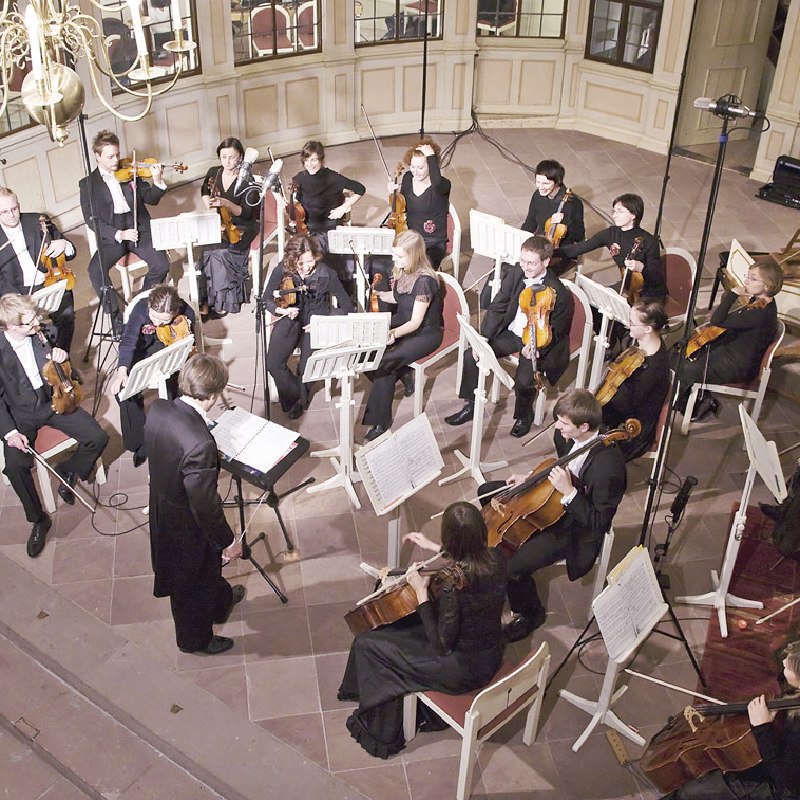
 Publishing Authentic Classical Concerts entails for us capturing and recording for posterity outstanding performances and concerts. The performers, audience, opus and room enter into an intimate dialogue that in its form and expression, its atmosphere, is unique and unrepeatable.
It is our aim, the philosophy of our house, to enable the listener to acutely experience every facet of this symbiosis, the intensity of the performance, so we record the concerts in direct 2-Track Stereo digital HD. The results are unparalleled interpretations of musical and literary works, simply - audiophile snapshots of permanent value.
Publishing Authentic Classical Concerts entails for us capturing and recording for posterity outstanding performances and concerts. The performers, audience, opus and room enter into an intimate dialogue that in its form and expression, its atmosphere, is unique and unrepeatable.
It is our aim, the philosophy of our house, to enable the listener to acutely experience every facet of this symbiosis, the intensity of the performance, so we record the concerts in direct 2-Track Stereo digital HD. The results are unparalleled interpretations of musical and literary works, simply - audiophile snapshots of permanent value. 
